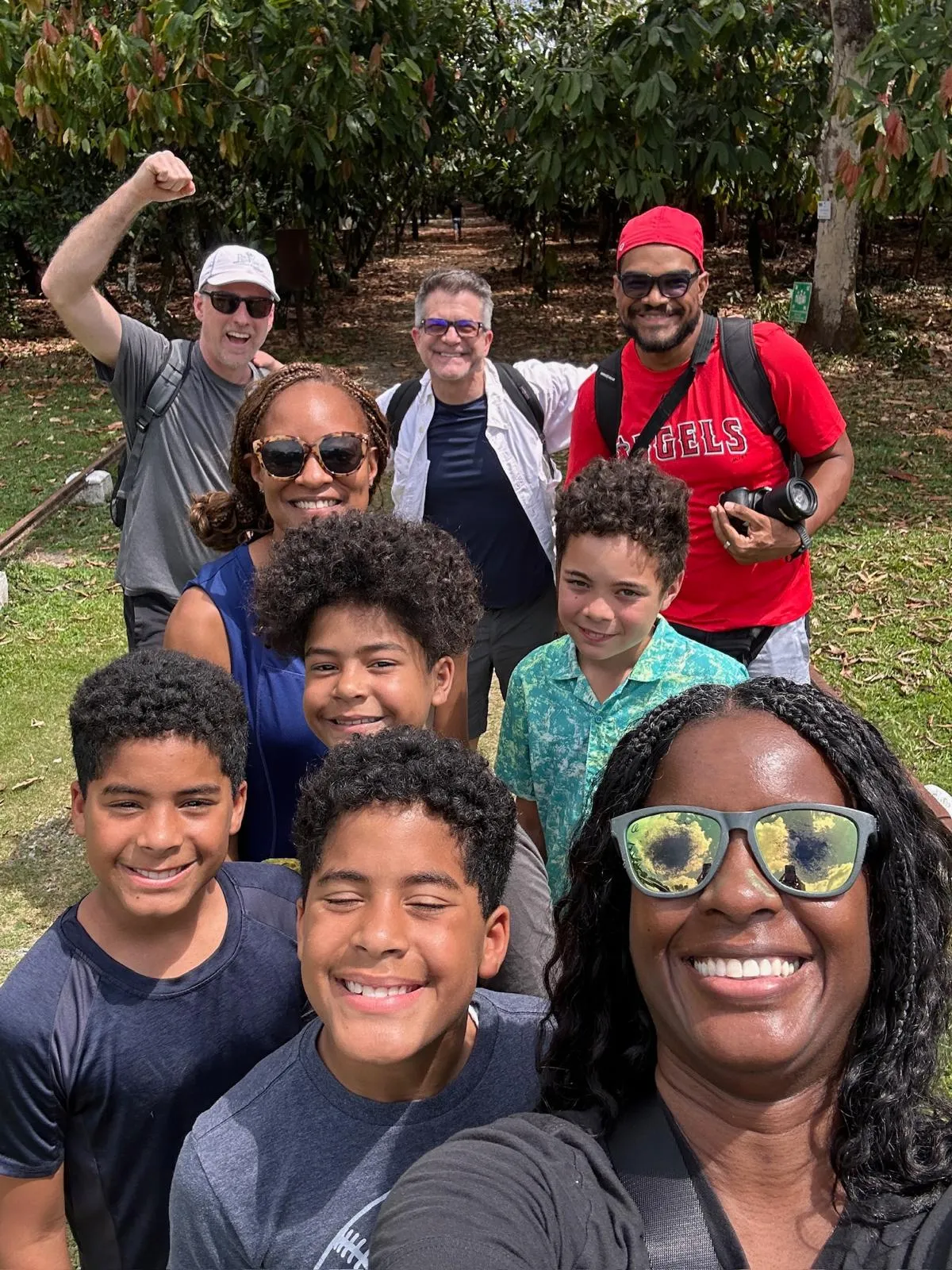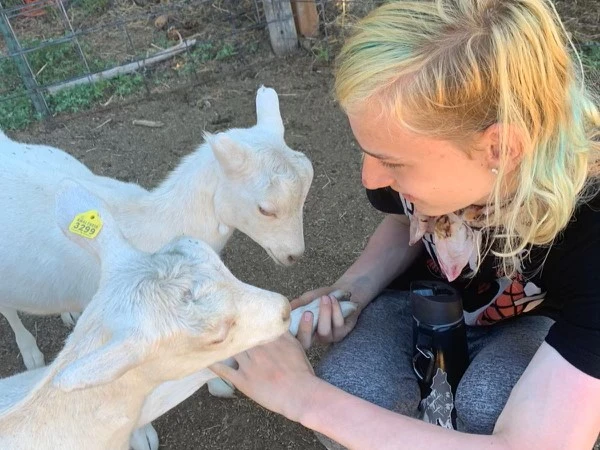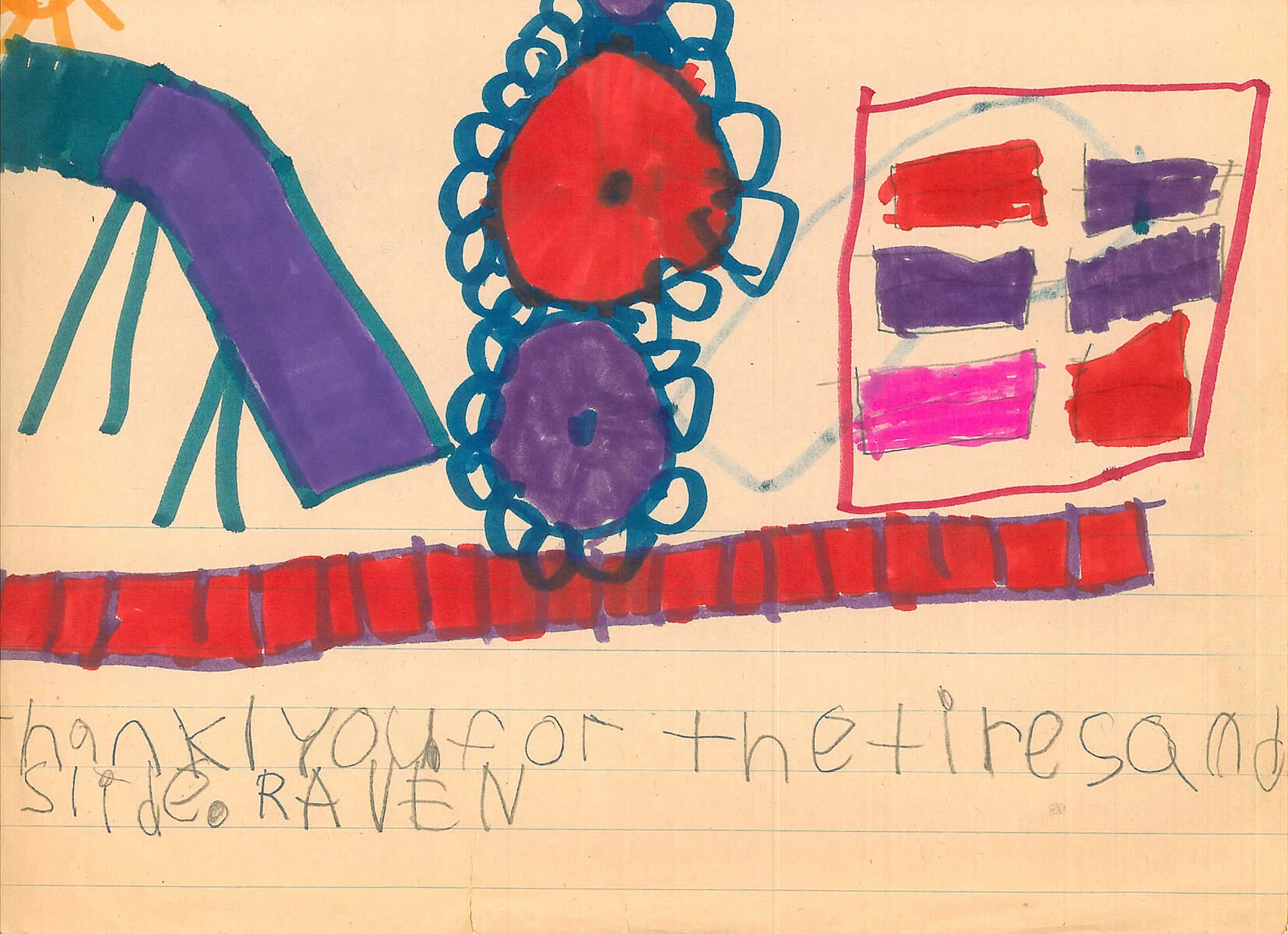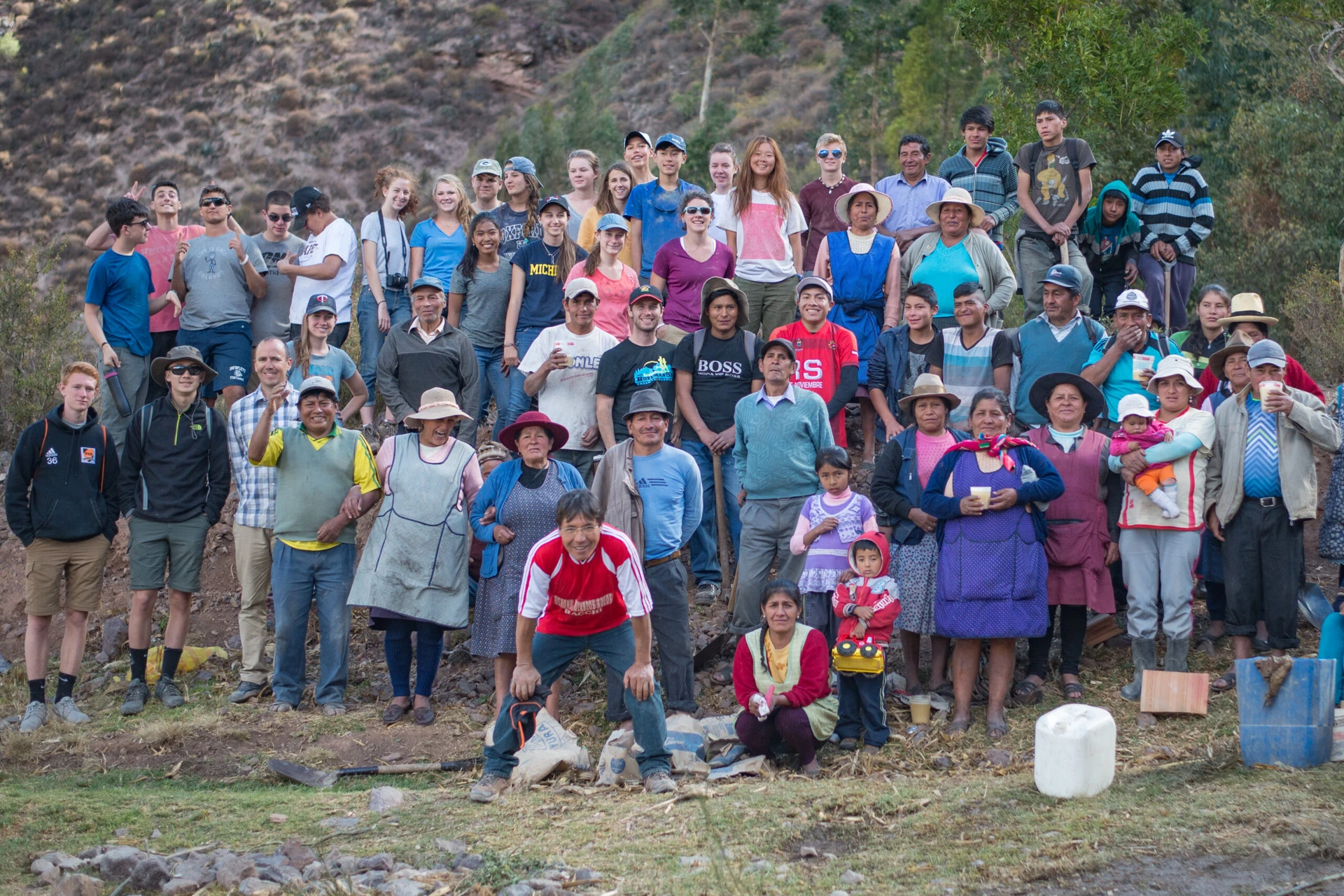VISIONS summer programs are intrinsically tied to sustainability and conservation. High school students in our programs live with a minimal ecological footprint and learn myriad skills and habits that help them lead a more environmentally sustainable & connected lifestyle moving forward.
With that in mind, many students want to understand more about our conscientious bison harvest. So let’s learn a bit more about this unique activity that takes place during our Montana Farm programs.
Please Note: The bison harvest is an entirely OPTIONAL activity.
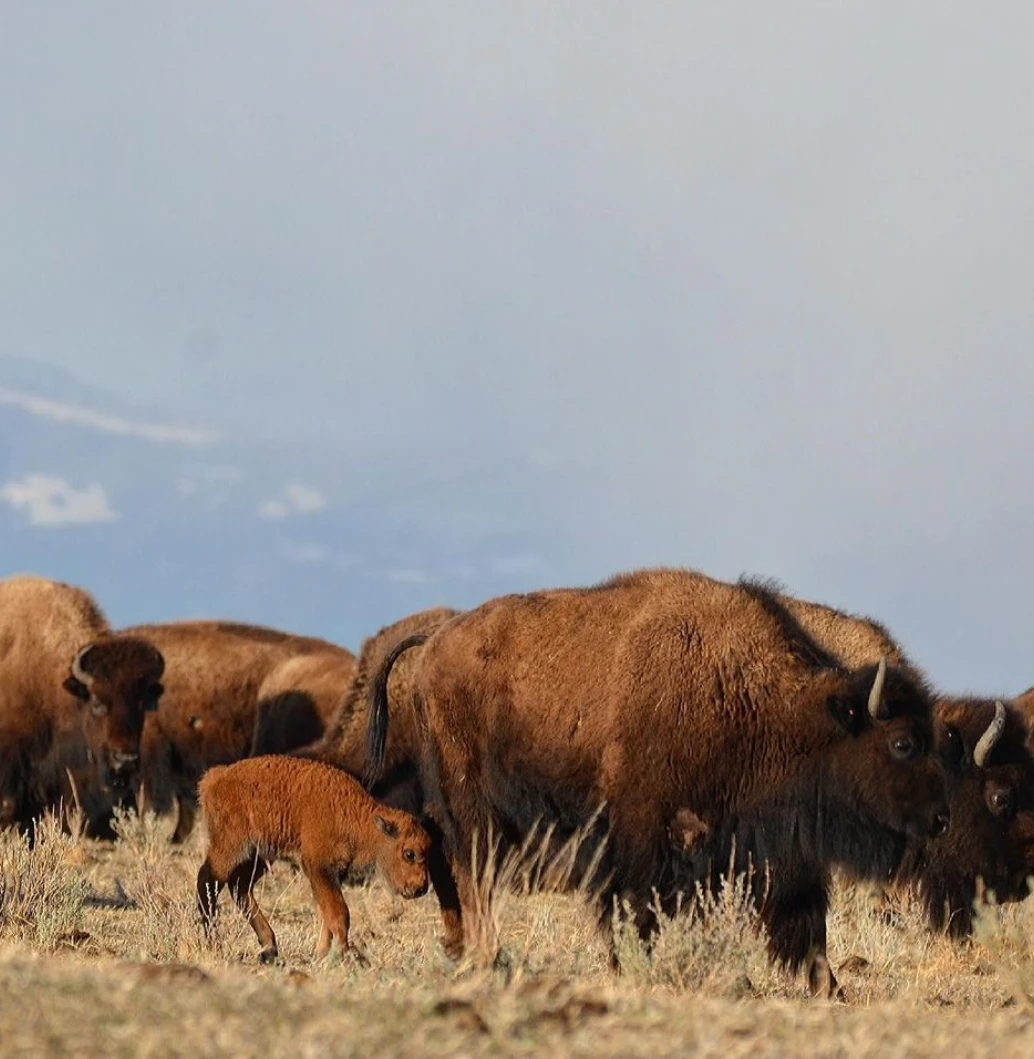
Credit: North Bridger Bison
How does our bison harvest work?
Our bison harvest is performed with the guidance of former Natural Resources Defense Council (NRDC) environmental advocate-turned conservationist rancher Matt Skoglund. Skoglund owns North Bridger Bison ranch in Sedan, which he operates with his wife, Sarah, and two kids, Otto and Greta.
“We focus on two things at North Bridger Bison,” Skoglund said. “We try to raise bison as well and as in sync with nature as possible, and we try to provide the best meat possible. It’s as ethical and humane as it gets,” he added.
Program participants later tan the bison hide with the supervision of Billy Maxwell, a cultural anthropologist who has worked with Native American women for over two decades, studying traditional methods of hide tanning. Several VISIONS students have also helped with the taxidermy process of bison skulls.
Meanwhile, the meat from the bison is eaten during the program, providing a healthy, sustainable and ethical protein source while also reducing our reliance on large scale commercial animal products. While it’s quite a bit more expensive than commercial products, we believe that our money is a vote, and this is what we want to “vote” for when it comes to the environment and animals’ lives.
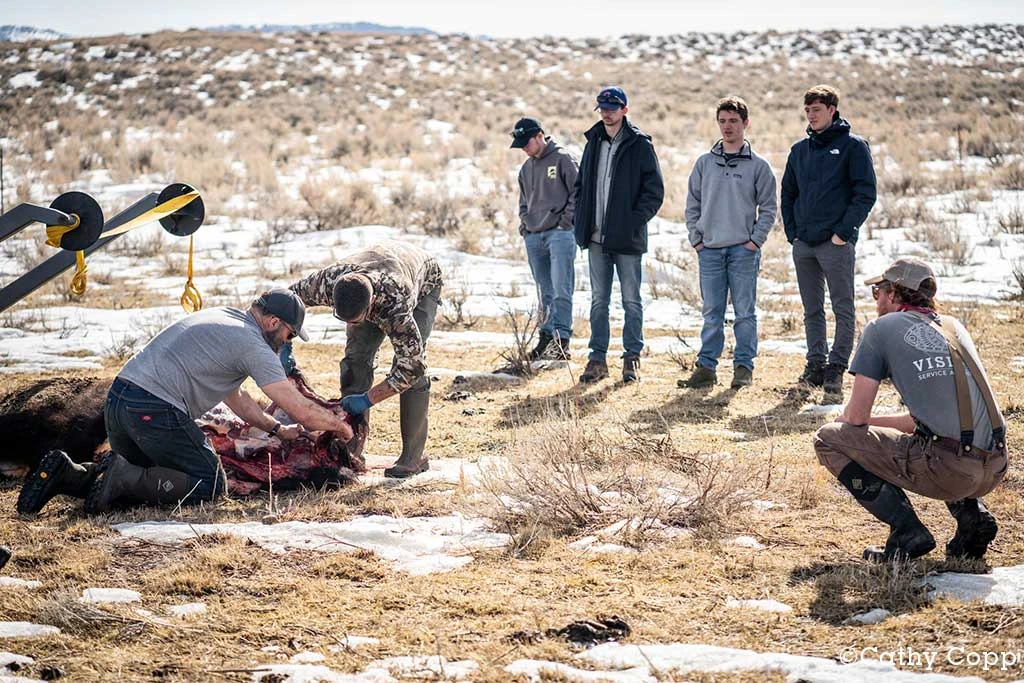
VISIONS students watching a bison harvest. Credit: Cathy Copp
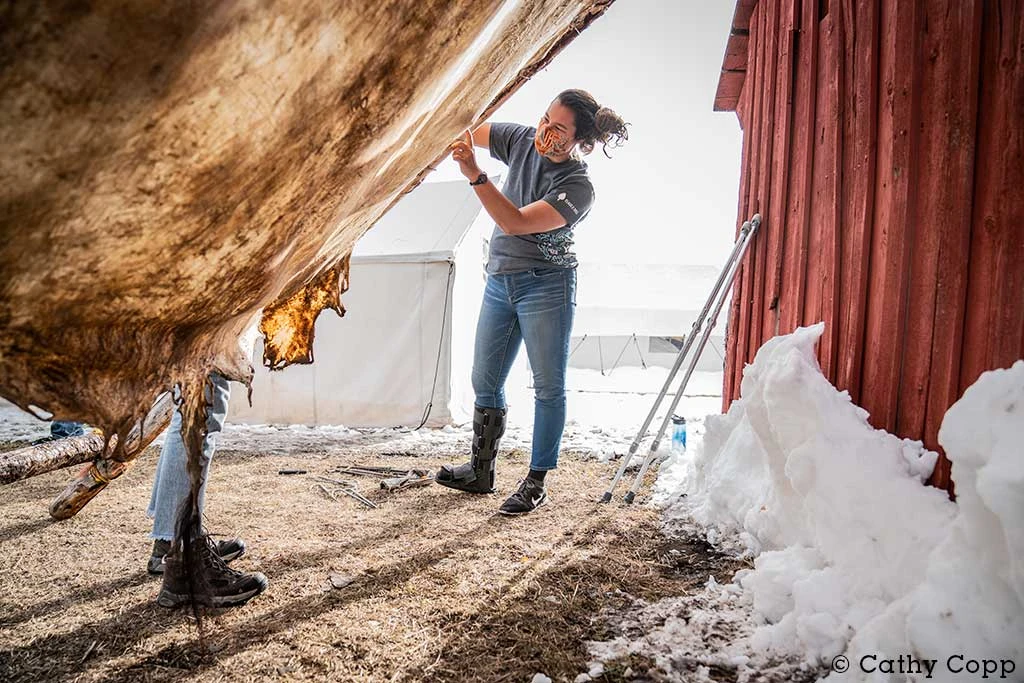
Tanning a bison hide using traditional methods. Credit: Cathy Copp
While a bison harvest may seem like a dramatic practice to be a part of, for many participants it can be incredibly impactful and informative. For participants who are vegan and vegetarian, we recognize that many have chosen that route for environmental and/or animal welfare reasons, which we completely respect. This is, in part, a reason behind why we incorporate a bison harvest into our program.
Many in the modern era have a black and white view of the environmental impacts of animal consumption. Animal consumption is generally bad, vegetarianism is good and veganism is better. While the commercialized, factory farming industry (which dominates the vast majority of the American food market) is flawed, the issues around food and meat are much more nuanced than what’s generally conveyed to the public.
Grazing animals are needed and good for the land
It’s true that in many regions of the developed world, where meat comes from unsustainable sources like factory farming, a vegetarian or vegan diet is much more environmentally friendly than omnivorous alternatives.
But it’s a fallacy to think that all grazing is poor grazing. The idea that animals are bad and plants are good misses the bigger picture. Animals have a critical role to play in a healthy ecosystem, too.
North America evolved with millions and millions of grazing animals. Removing animals from the land would be unnatural and ecologically harmful; grazing animals have important roles to play on the landscape. There are also significant differences in how livestock are raised (e.g., a factory hog farm v. a pasture-based cattle ranch).
There’s a new saying that “it’s the how, not the cow.” Animals are good and needed on the landscape; it’s the management of the land and animals that matters most.
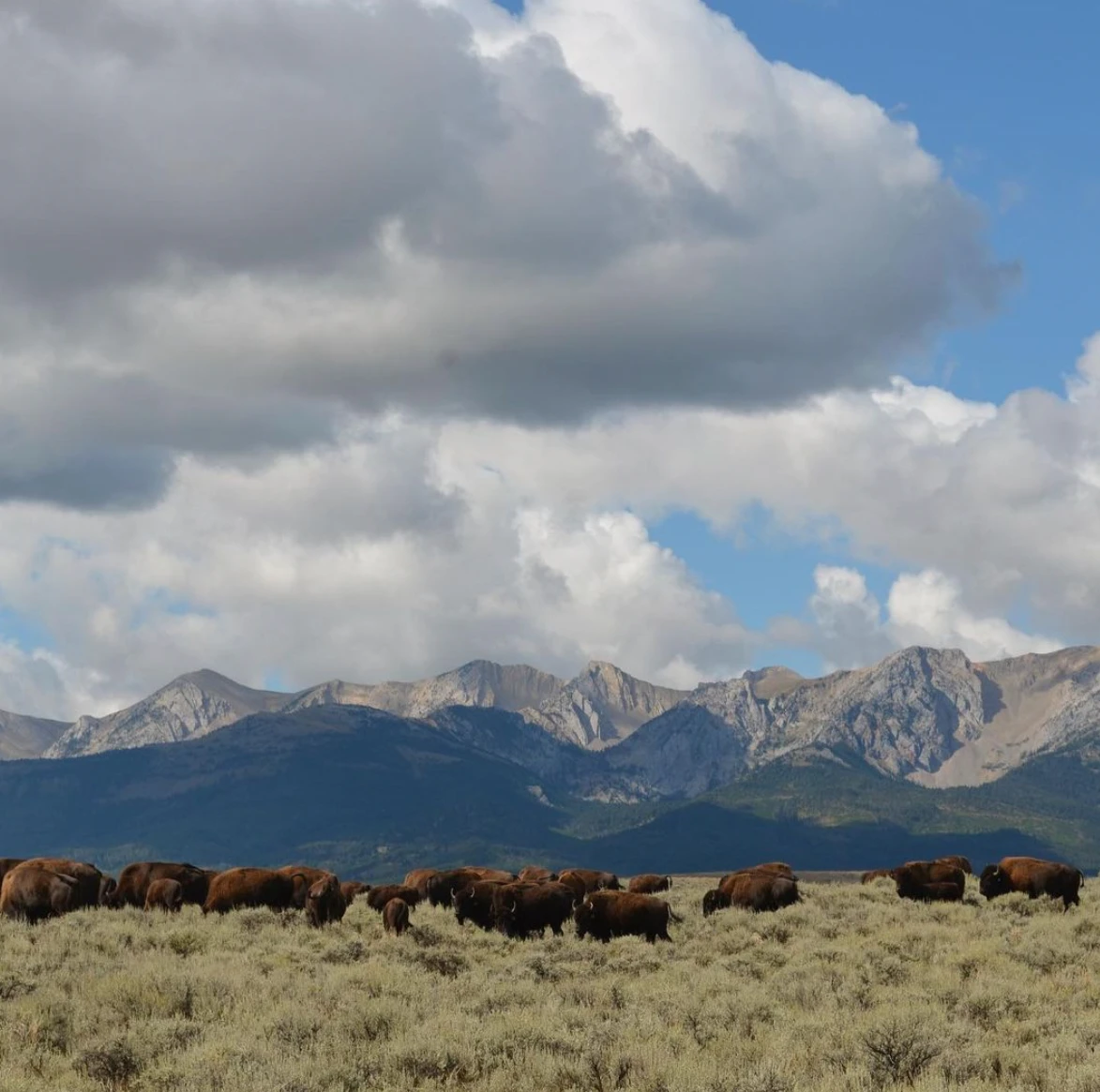
Credit: North Bridger Bison
For example, properly managed regenerative grazing practices are actually incredibly beneficial, in some cases critical, for soil health. Properly managed cattle and other livestock not only help reduce nutrient loss, but they also promote reduced farm inputs and diversify farm income. When herds of livestock (such as bison) are managed using practices like adaptive multi-paddock grazing (AMP), they can help to draw down and store carbon.
Adaptive multi-paddock grazing is a practice where animals are moved through plots of land to mimic the herds of herbivores of yesteryear, as opposed to constantly grazing the same plot of land with no time for recovery. According to Green America, “under truly regenerative and holistically managed systems, living soils can be diverse and healthy enough to mitigate the methane produced by the livestock in real-time.”
“We want our ranch to be super biodiverse,” said Matt Skoglund of North Bridger Bison. “We want to be sucking carbon out of the atmosphere and storing it in the soil. We want our ranch teeming with life: plant, animal, and microbial.” The plant-based industry with its monoculture design doesn’t allow for that.”
“If you’re growing broccoli on a commercial scale, you’re at war against everything else that isn’t broccoli, as well as everything that wants to eat your broccoli… not to mention some of the horrible labor practices at many of these farms.”
“In short, the monoculture farming practices that are the backbone of the plant-based industry are horrifically environmentally destructive. You’re talking about annual crops where they fertilize the hell out of the soil, using herbicides and insecticides to kill everything except their desired crop. It’s an ecological wasteland. Meanwhile, all these pollutants are running off into the Gulf of Mexico, where there’s a dead zone the size of New Jersey, destroying the marine habitat there.”
“On the contrary, we’re building topsoil every year,” Skoglund said of North Bridger Bison and his neighbors and other sustainable ranches like them. “We’re providing habitat for all sorts of life, we’re sucking carbon out of the atmosphere.”
The fertilizer used for monoculture plant growth operations, in addition, is primarily fossil-fuel-based. Animal defecate, on the other hand, provides a sustainable and natural source of fertilizer for the soil, and one that can’t be easily replaced in a world without animal agriculture.
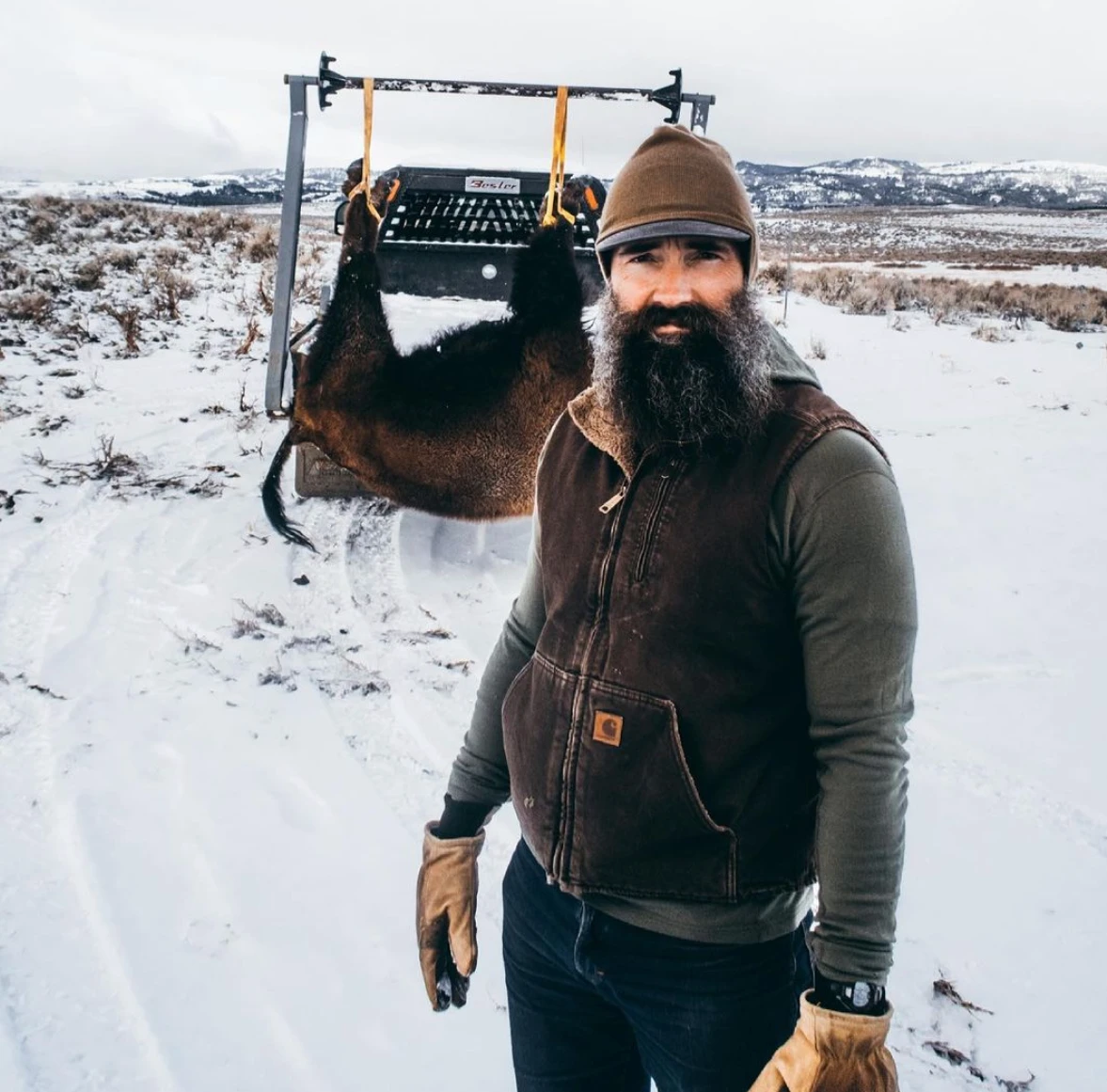
Matt Skoglund of North Bridger Bison.
Credit: North Bridger Bison
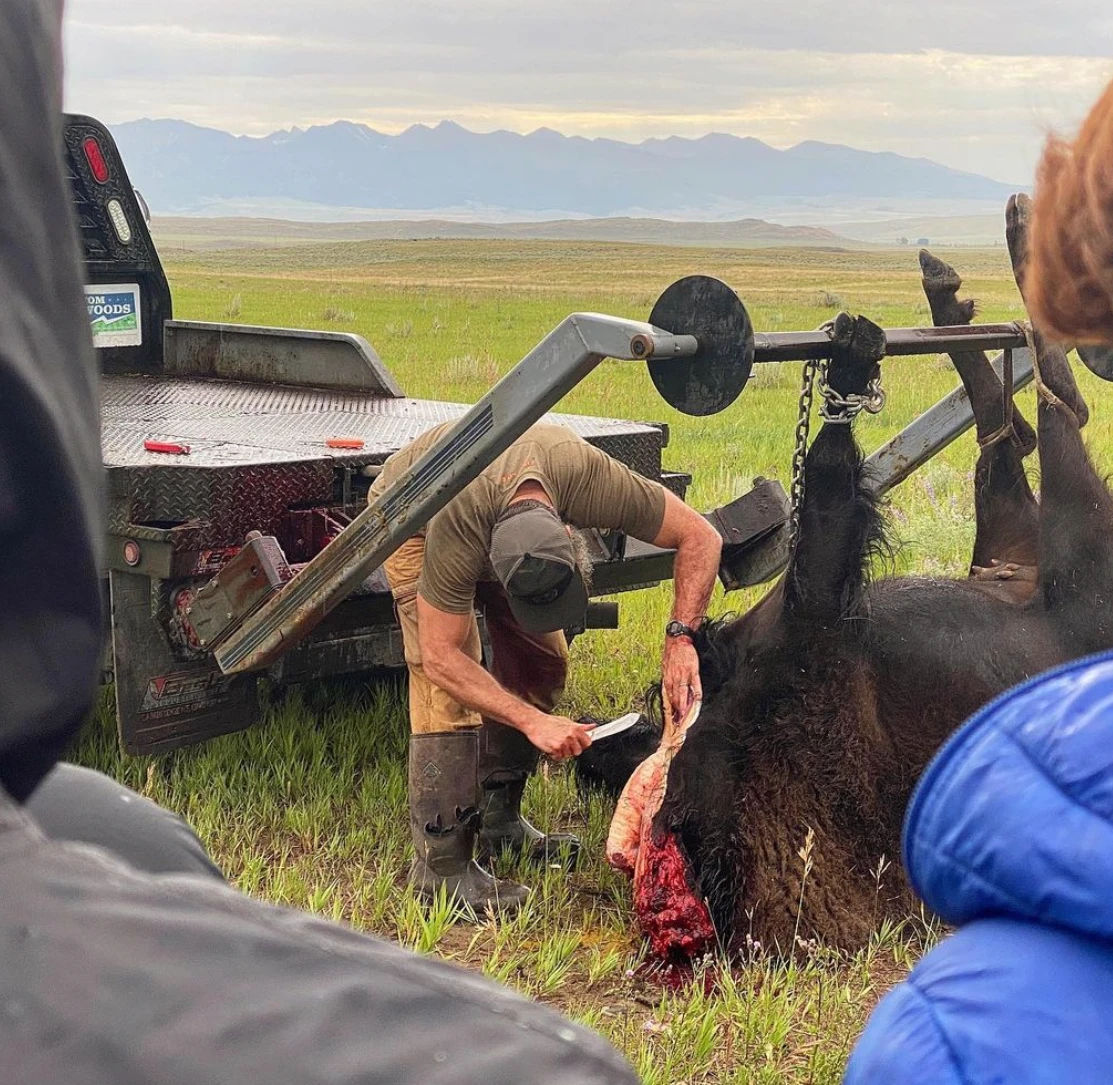
Skoglund performing a bison harvest with VISIONS students looking on.
Credit: North Bridger Bison
From Green America:
AMP grazing and other methods of intensely managed grazing decrease the need for conventionally grown, annual feed crops that emit carbon and other greenhouse gases because the animals are eating directly from the land in ways that restore ecosystem functions and health. This high-quality and naturally occurring feed reduces methane emissions from livestock, as it is easier for them to digest (also decreasing the need for antibiotics).
It lessens the need for energy-intensive petroleum-based chemical fertilizers and herbicides because the animals are enriching the land naturally as they forage and leave manure and urine behind. Their impact on the land restores a healthy soil microbiome, increases the density of plants that cover the land surface, and—when incorporating perennial and native forages or trees—are able to store even more carbon deep underground, increasing its long-term stability.
Other benefits include reduced erosion, improved biodiversity, and decreased air and water pollution from inefficient manure management.
In addition to North Bridger Bison, one of our other program partners, Barney Creek Livestock, also puts these practices into play on their third-generation cattle ranch.
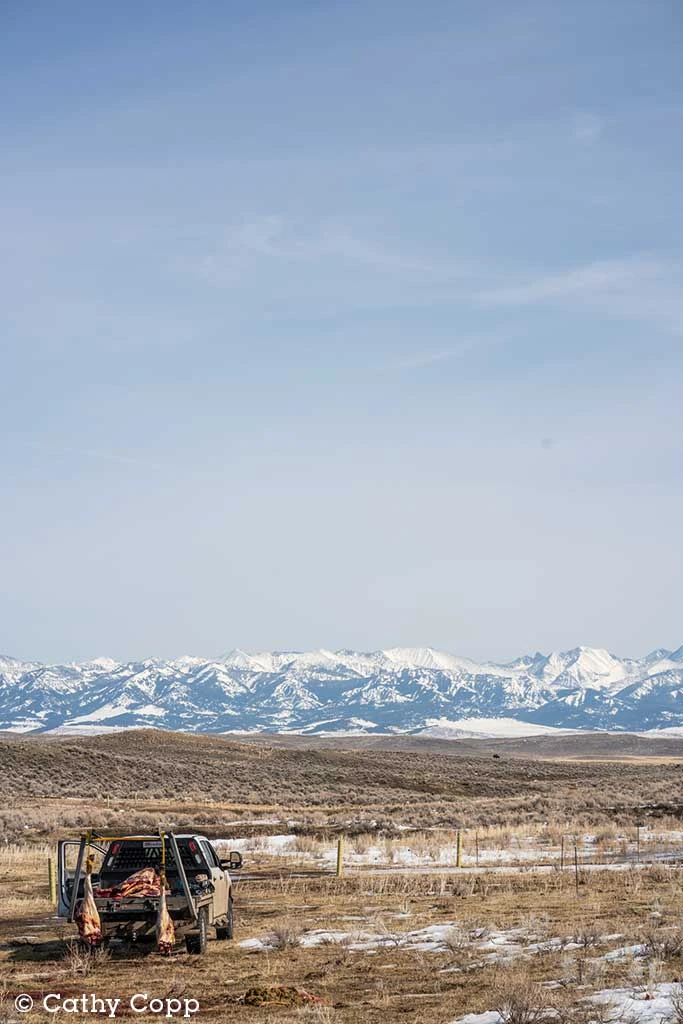
North Bridger Bison Ranch.
Credit: Cathy Copp
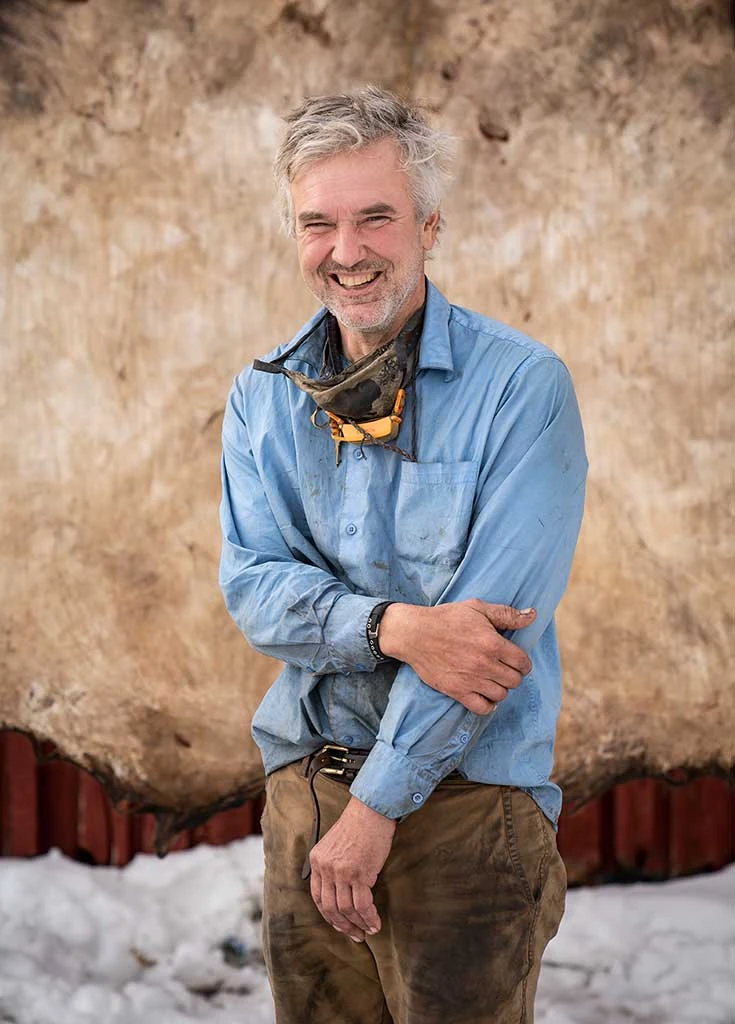
Billy Maxwell, cultural anthropologist. He demonstrates traditional methods of Native American bison hide tanning for VISIONS students. Credit: Cathy Copp
The Research
An Agricultural Systems study published in 2013 demonstrated that regenerative farms could accommodate more cattle per acre compared to conventionally managed farms, lower cow and calf mortality, purchased less feed and used fewer herbicides.
Perhaps more importantly, the researchers learned that the topsoil on regenerative farms was deeper, more aerated, and more densely populated with plant life.
It’s true that livestock is often a potent source of the greenhouse gas methane, but extensive research is showing that properly managed grazing can actually sequester more carbon than the animals put out. A 2016 study from Texas A&M found that moderately stocked cattle on continuously grazed native rangeland in the Northern Great Plains ended up with a net margin of carbon sequestered over emissions of 0.607 metric tons per hectare annually. Furthermore, the study showed that in ecosystems where regenerative grazing practices have already improved function and productivity, net sinks of up to 2.0 metric tons of carbon were possible when adaptive multi-paddock grazing practices were put into use
Perhaps it makes sense then why the nonprofit Regeneration International believes that simply “transitioning 10-20 percent of agricultural production to best practice regenerative systems will sequester enough CO2 to reverse climate change and restore the global climate.”
Conclusion
For vegetarians and non-vegetarians alike, the bison harvest helps us learn to connect with our food from the source; to witness how animals can live vibrant lives in their natural environs (instead of being crammed into a factory warehouse and never seeing the light of day) and have said lives taken with honor and respect when the time comes to harvest their meat.
It’s also a way of demonstrating alternatives to factory meat production that take care of both the animal and the land, because the fact of the matter is, there will always be participants in our program who choose to eat meat.
Furthermore, our bison harvest is part of our acknowledgment that animals have an important place on the land, and that sustainable livestock grazing and management will always represent a more ideal environmental alternative to the monoculture promoted by the plant-based industry.
Of course, for anyone who’s not interested, participating in the harvest is completely optional. The bison harvest takes place either at the beautiful and wide open North Bridger Bison Ranch (which will soon be protected against development under a conservation easement) during our Montana Farm program. In future seasons, we may also incorporate a harvest on our Montana Blackfeet Summer programs with the Blackfeet Nation Buffalo Program and local tribal members. At both locations, there are plenty of options to hang out far from the harvest.
The bison harvest, whether at North Bridger Bison or the Blackfeet Indian Reservation, isn’t something all our participants are going to be comfortable with, and it doesn’t have to be.
That said, we believe it’s a valuable opportunity to foster a deeper understanding of the practice of sourcing meat from the land, something human beings have been doing sustainably for thousands upon thousands of years. Our bison harvests help our participants gain a greater knowledge of the process of preparing meat for consumption, and are performed with honor and respect for the animal. It also helps open our participants’ eyes to the reality that labeling something “plant-based” doesn’t mean it’s good for the land or environment.
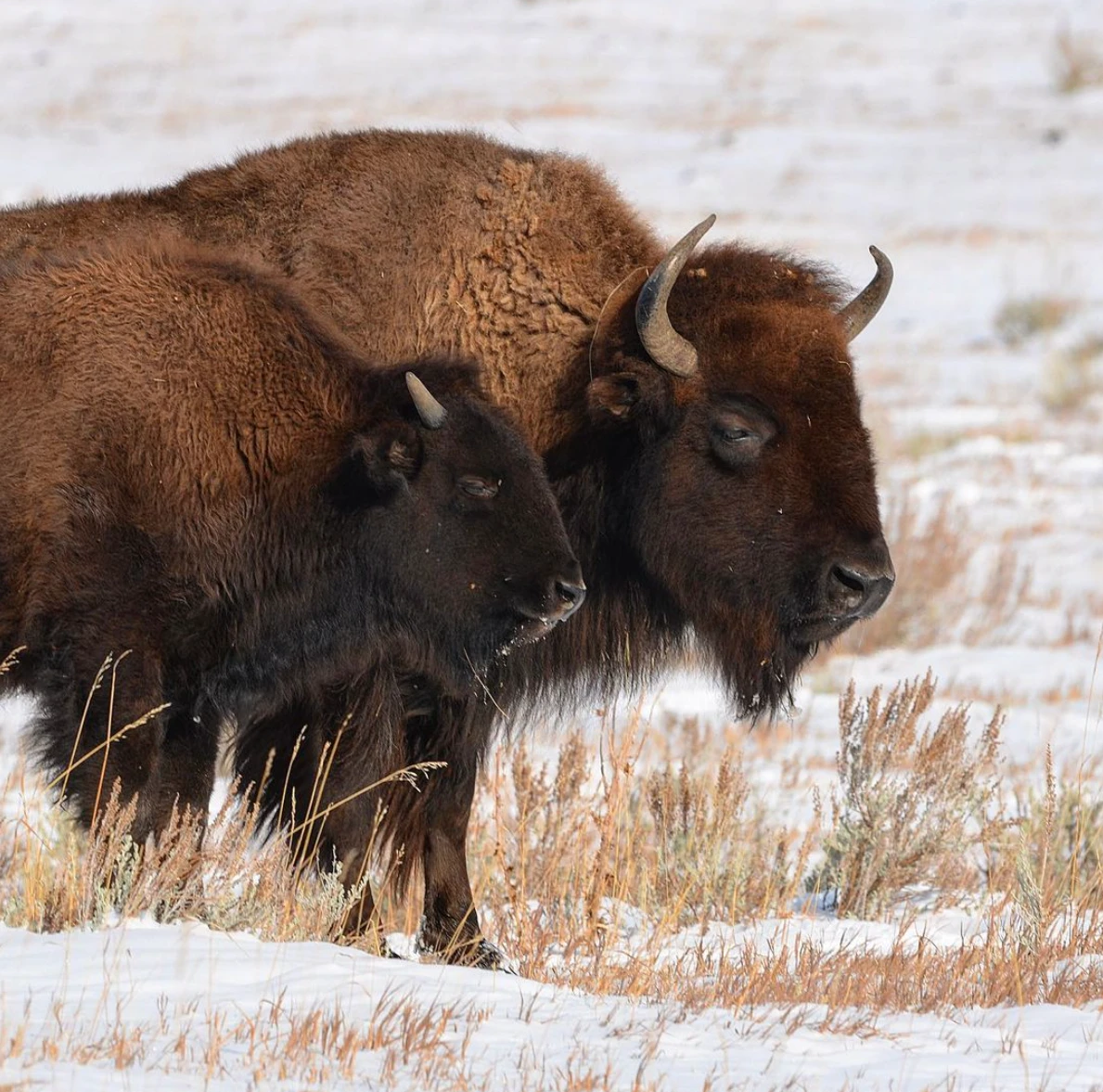
Credit: North Bridger Bison
Again, it’s nuanced.
Mounting research is showing that the adoption of sustainable livestock grazing practices (and subsequent consumption) isn’t just an environmentally sustainable method of agriculture, it may very well have profound potential to mitigate climate change and environmental degradation.
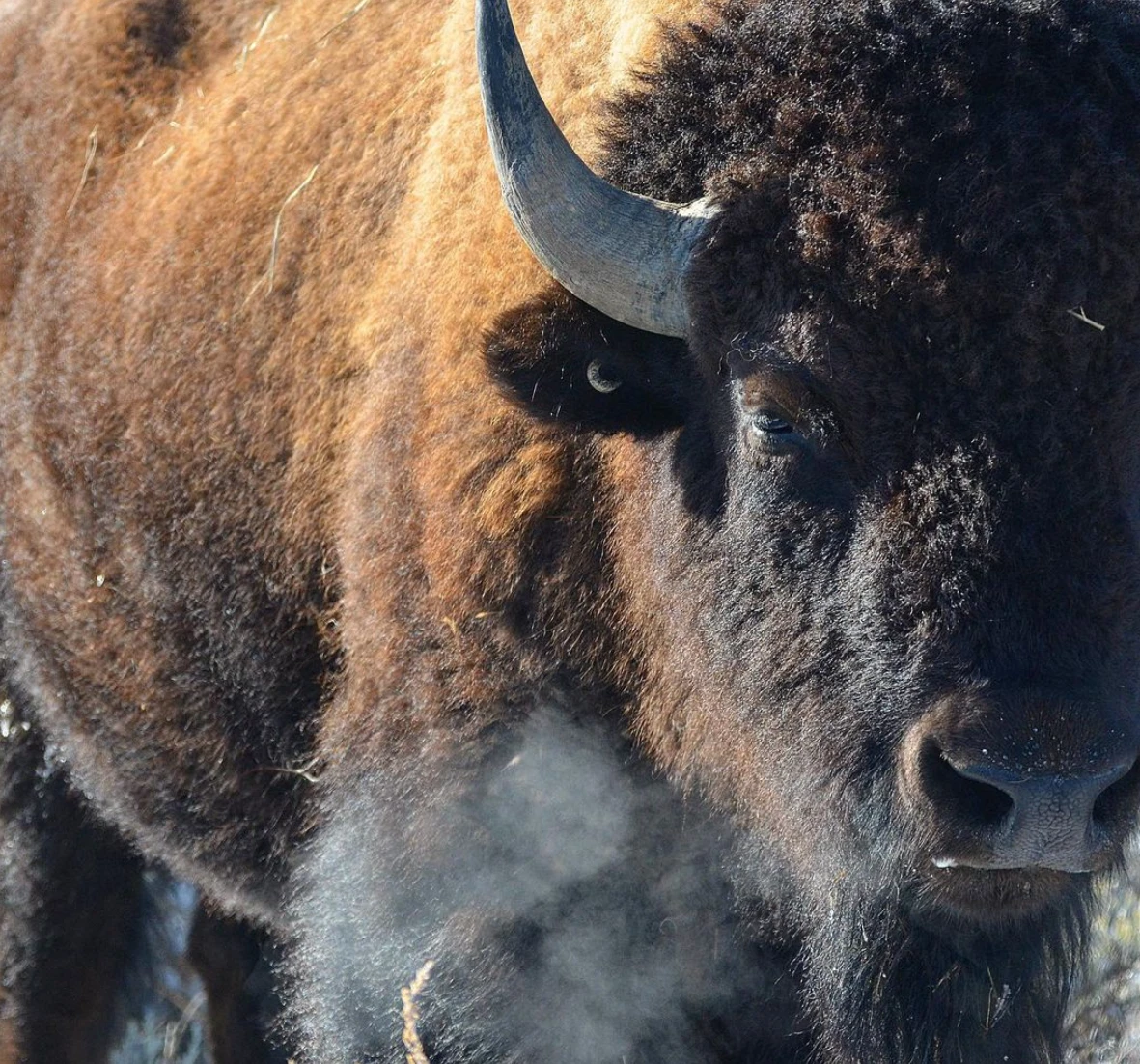
Credit: North Bridger Bison



